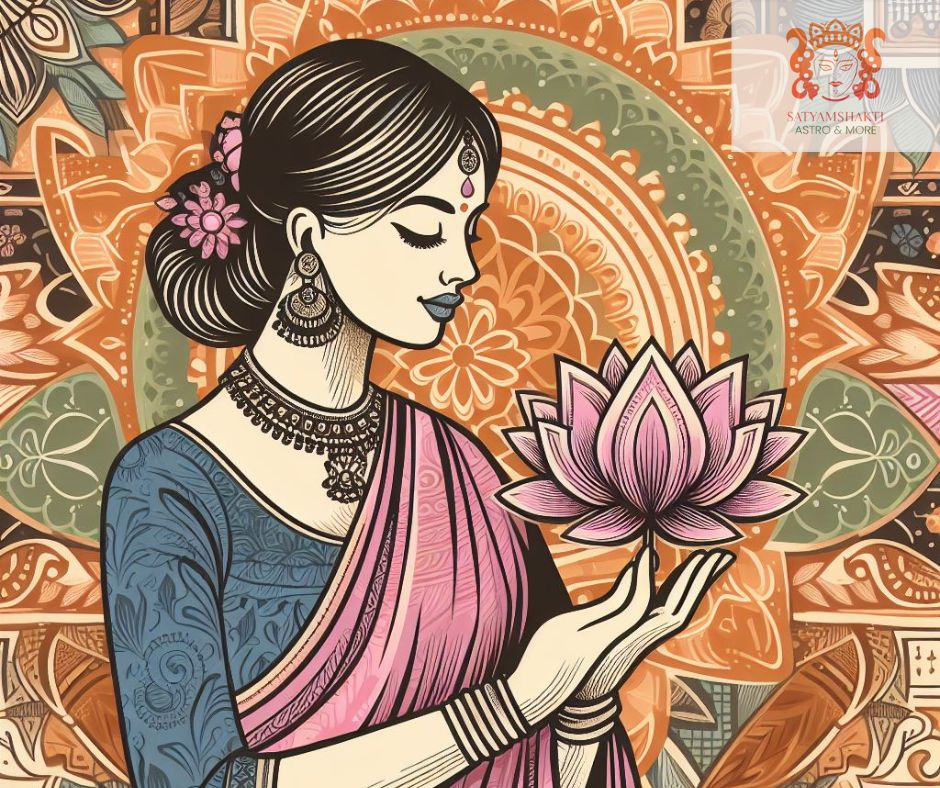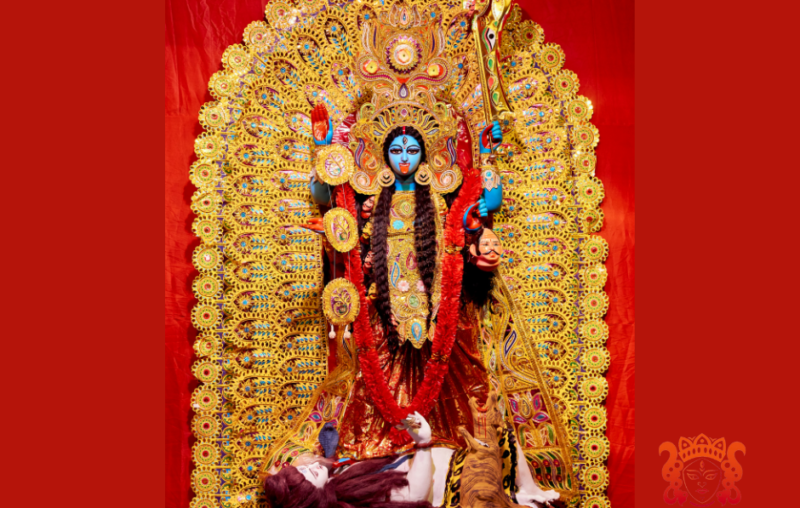Periods: Taking The Feminine Beyond Their “Impurity.”
“Patriarchy,” a term that many across the globe wish to annihilate, is sadly an in-bred feature of human society. In a country like India, it’s emblematic of masculinity taking a toxic turn to suppress women, rendering the goal of equality a far-fetched, unattainable idea.
It’s a bitter pill to swallow, but several factions of Indian society still fly on the wings of patriarchy and impose endless restrictions on women. An epitome of patriarchal distinction and repression of women is seen during their menstrual cycles—when they are on their periods.
Governments, societies and institutions continue their strife for girls’ education and women’s empowerment. But how far have we, as a society, come to really giving our feminine counterparts the respect they deserve? Honestly, not much. Period.
An enduring myth around menstruation
India has always been a mystical land where ancient wisdom is followed like a gospel truth. Innumerable texts flood esoteric libraries, talking about human laws of righteousness, universal oneness, and love. But the truth is not every text available out there teaches you to practice what they preach. Blindly believing them without leveraging rational thought has led to the current plight of many menstruating women, who are made to sit in a corner of the house with minimal involvement with the household during that four-day window.
A woman faces stomach cramps and discharges blood as a part of her biological cycle. Her mother, or any senior member of the family, is informed about it. The next thing the menstruating woman is asked to do is refrain from cooking in the kitchen, touching anybody, entering temples, performing religious rituals, and stay isolated in the corner till the cycle is over. That’s been the scenario in Indian households for centuries now—fueled by myths and driven by blind faith.
Menstruating women are considered ‘impure’—a belief that’s a gift of our inbred patriarchy, which is sadly silently practiced in many parts of our country. Menstrual myths have been around in our country for centuries, rooting back to the ancient law books. Revered as sacred scriptures, these texts dictate certain codes of conduct and social behaviour to humanity, establishing them as the “most righteous ones.”
However, little do people realize that many of these ancient prescriptions have been misinterpreted by people over the centuries. Let’s not also forget the years of colonization when certain beliefs around menstruation that existed in Europe were infused into the Indian socio-cultural fabric.
There is a massive chunk of people who abide by the prescriptions of the Vedas, which form the foundation of Hindu religious practices and rituals. They have come to believe over the years that the Vedas consider menstruating women as impure and untouchable. Much of this belief also roots from the fact that these scriptures were authored by men, giving them a tinge of patriarchy and masculine dominance.
However, truth be told, none of the four Vedas dictate the practice of sidelining menstruating women. None of them preach that a menstruating woman’s body is impure or that she cannot perform religious rituals during her periods. In addition, the Bhagavad Gita does not mention anything about the menstrual cycles of women.
However, Varaha Purana paints a contrary picture of the duty of menstruating women. Lord Varāha, who is believed to be an avatar of Lord Vishnu, has prescribed in Varaha Purana that women can do anything she wants in terms of devotional service during her menstruation after reciting the mantra below:
anādi madhyāntam ajam purāṇam rajasvalā devavaram namāmi |(Varaha Purana 142;10)
Misinterpretations of the ancient religious texts by some followers have done more harm than good. They have, in fact, planted the seed of toxic patriarchy and created a divide between the two genders. The menstrual taboos that exist in our society today find their roots in the ancient times when biased interpreters of sacrosanct religious texts influenced individuals and collective behaviours, which ultimately forged social inequality for the feminine principle of humanity, especially menstruating women.
Menstruation is a natural and a powerful cycle
Menstrual taboos and the culture of shame surrounding menstruation has tilted the scales towards masculinity, a toxic version of it, thereby degrading the status of femininity in our society. Anybody who has the basic understanding of biology would know that menstruation is a natural process and an evolutionarily inevitable one. It’s a divinely intelligent biological process driven by the gameplay of five crucial hormones– Gonadotropin-Releasing Hormone (GnRH), follicle-stimulating hormone (FSH), luteal hormone (LH), progesterone and estrogen.
During menstruation, a woman may undergo pain and discomfort. But it is the body’s way of expelling the unfertilized egg, along with the uterine lining and menstrual blood. This blood is not typical; it contains a remarkable concentration of stem cells and nutrients. The process serves a physiological and reproductive function, but spiritually speaking, it respects the power of the feminine.
If you look at India from outside the lens of prevailing patriarchy, our society is also one that respects Shakti, the divine feminine counterpart of Shiva (divine masculine), in her various forms. Every year during monsoons, a unique ritual takes place in Kamakhya Temple in Guwahati, Assam, one of the 51 Shakti Peethams. This is where Sati’s reproductive organ or yoni fell, becoming a sacred space for the practice of tantra.
In tantric paradigms, Devi Kamakhya, believed to be the goddess of fertility and the womb of the world, bleeds every year as a part of her menstrual cycle, drawing devotees from faraway lands for what we call “Ambubachi Mela.” The temple doors remain shut for three days, signifying a time when it is believed that the goddess undergoes a period of renewal and divine energy replenishment. During this interval, devotees adhere to strict observance of rituals and practice abstinence.
In tantric rituals like Yoni Puja, the worship involves revering the Yoni or vagina as a symbolic representation of the cosmic Yoni, believed to be the source from which the entire universe has originated. Another symbol that’s revered in Hindu mythology and Vedic astrology is a nakshatra or lunar mansion called Bharani, who is believed to be a form of the goddess Kali and is associated with fertility and protection. The Nakshatra Chakra typically represents Bharani as a Yoni (female reproductive organ) and emphasizes themes of birth, creation, and fertility associated with the Goddess Bharani.
From impurity to power
In India, the feminine has been strongly associated with creativity and birth. Some cultures and belief systems have myths or rituals connecting women’s menstrual cycles with the lunar cycle. In Hinduism, the goddess Shakti is often associated with both the moon and female fertility.
The average menstrual cycle for women is around 28 days, which is akin to the lunar cycle. This coincidence might have contributed to the cultural connections between women’s reproductive cycles and the moon.
Now, as we step into the modern era, it’s about time that the divine feminine principle of humanity is given the status that she truly deserves. Menstrual cycles of women do not make them impure; instead, it is believed to cleanse her system off of impurities that don’t serve her physical and energetic bodies.
Scientifically, the menstrual cycle ushers in a period of rest for women because of the innumerable hormonal changes her body undergoes that can create fatigue. Spiritually, it is a period of renewal of the Shakti within every woman, so that her fertility and creativity remain intact.
Developing a clear understanding of the scientific as well as the symbolic meaning of menstruation can be a huge step forward towards eliminating taboos that women widely encounter. That will be truly women’s empowerment where they are brought to the fore, instead of being pushed to the shadows during her periods.
The menstrual cycle of women is, in fact, a period to celebrate feminine purity. Negative connotations of “impurity” and “inauspiciousness” only expand the social divide that we strive to reduce. The period of their periods is a period to take the feminine beyond impurities, not to term her as impure. Period.



